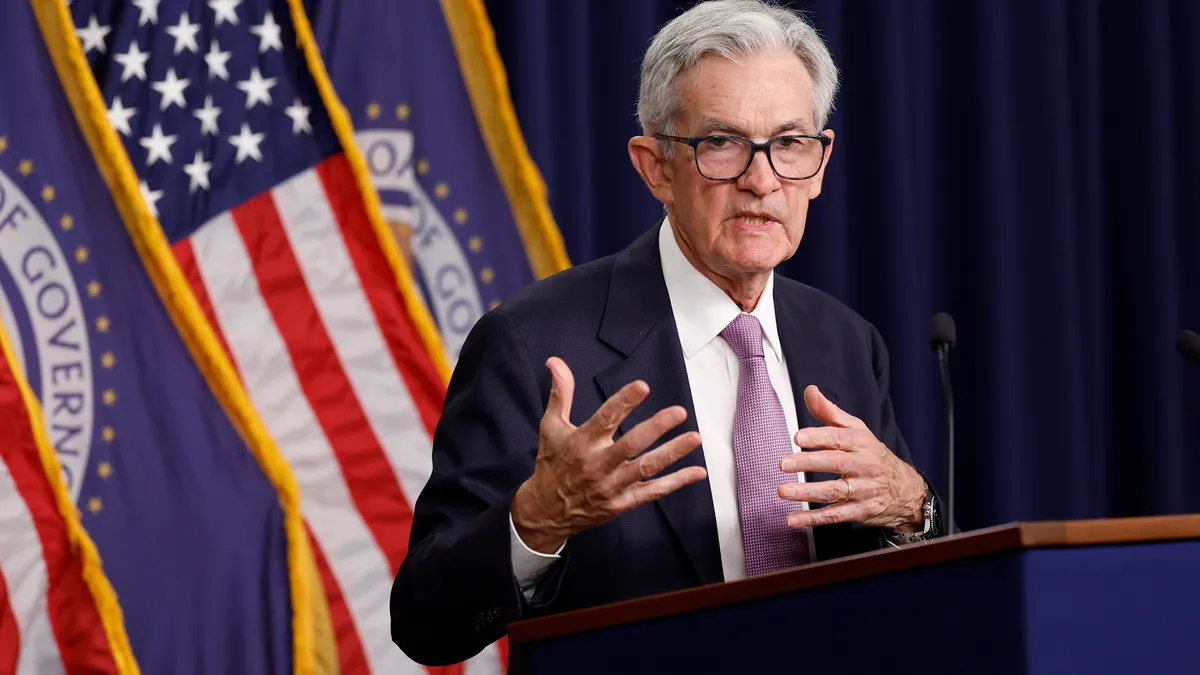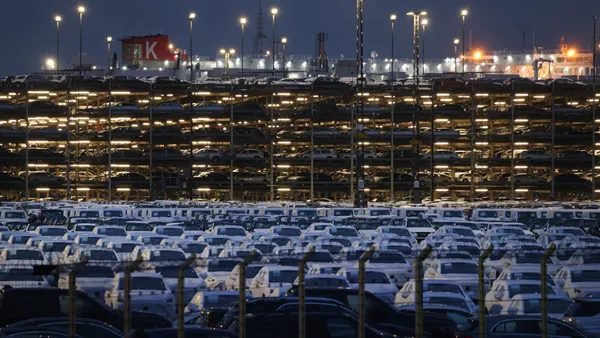The Federal Reserve cut the main interest rate by a half percentage point Wednesday to a range between 4.75% and 5%, a welcome move among many manufacturers mired by an industry slowdown in recent months.
Experts, however, are exercising caution with how quickly the cut will translate into a manufacturing recovery, noting that manufacturers aren't likely to see noticeable benefits until next year, said Timothy Fiore, chair of the Institute of Supply Management’s Manufacturing Business Survey Committee.
"We've been in decline now for three months," Fiore said. "I don't see a manufacturing recovery until January."
Manufacturers aren't likely to ramp production back up until they can bring down inventory levels, the result of months of falling demand.
High interest rates and uncertainty surrounding the possible rate cut have plagued manufacturers for much of the year, pushing them to focus on liquidity rather than investing in workers, equipment or production capacity.
Industry experts had previously hoped for growth in the second half of 2024, but with no relief in interest rates and demand continuing to fall, production levels hit a four-year low last month, according to The Institute for Supply Management’s August PMI report.
Low production levels and the ensuing inventory rise are issues that can't be resolved in a couple of weeks or even months, Fiore said.
"That was the damage in waiting too long," Fiore added, noting that manufacturers could have benefited from a smaller rate cut in earlier months to ease financial pain caused by the industry slowdown.
The current cut should, however, improve consumer confidence as credit card interest rates come down, incentivizing shoppers, said Ted Stank, co-executive director of the Global Supply Chain Institute at the University of Tennessee Knoxville.
"Rising consumer demand floats all boats," Stank said.
Improved borrowing rates could also give manufacturers renewed confidence in making capital investments they've delayed, such as for factory equipment or IT spending.
Such improvements could mean some reductions in inventory before the end of 2024, Fiore said, even if more substantial growth doesn’t occur until early next year.
Despite these factors, companies planning manufacturing layoffs are unlikely to change course, Fiore said.
“It may slow the rate of employment decline, but it won't stop it until order books fill up, [which will likely take] the better part of 2024,” Fiore said.
Interest rate anxieties ease, but election uncertainty prevails
Many manufacturers may delay major investments until after the presidential election due to possible ramifications on the industry.
Until companies know which candidate will set policy for the coming four years, they don't know where in the economy the government is likely to invest, Fiore said.
For example, Vice President Kamala Harris is supportive of continued investments and incentives for clean energy. Meanwhile, former President Donald Trump has criticized them, instead noting in public comments he wants a renewed focus on oil drilling.
"The only question that remains to be answered is, 'Where are we going to invest or incentivize in the economy?" Fiore said. "Is it going to be in semiconductor build-out and photovoltaic cells and windmills? So, it's not a bad position here, because now we're deciding where we're going to invest, not if we're going to."
The Fed will meet next beginning Nov. 6, the day after the presidential election. Stank's advice to manufacturers — move with caution until then.
"Let's wait and see what happens through November," Stank said.













